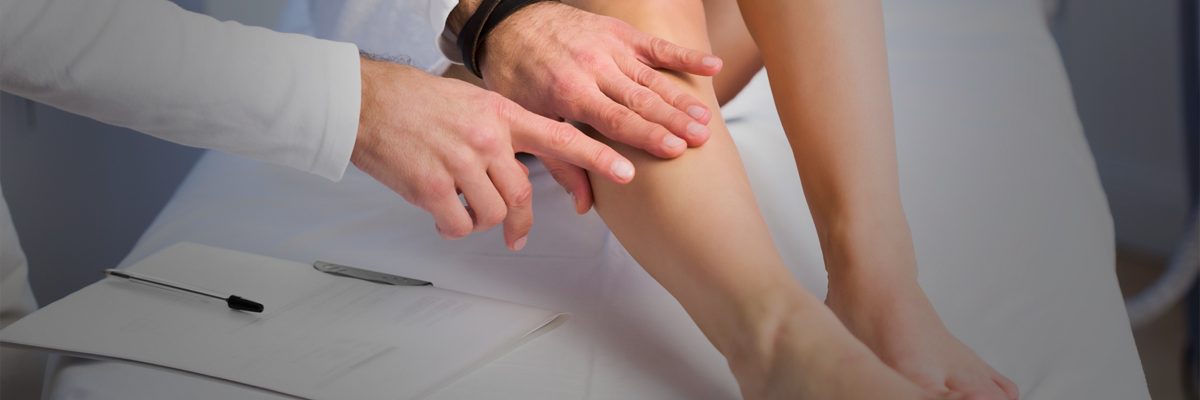Updated 10 September 2021
Symptoms of ingrown hair
The first symptom to suggest the presence of an ingrown hair is swelling and the emergence of a red lump on the surface of the skin at the site of the ingrown hair. Other symptoms can include an irritating, itchy feeling on and around the area of the ingrown hair, warm to touch.What are the possible causes of Ingrown Hair?
Ingrown Hair can be caused in two ways when you cut the hair on your face or body and these include;- Clogged follicles: Dead skin is capable of clogging the hair follicle which results in the cut hair growing under your skin rather than out of its own follicle. Also, the clogged hair follicle can cause the hair to enter the follicle of another hair growing close by or even to re-enter its own follicle.
- Hair Cutting: The cutting of hair especially in the opposite direction that it grows can cause it to grow back in its own follicle.
How can your doctor tell if you have ingrown hair?
If you are unsure of the cause of a bump or bumps on your chin, for example, your doctor can easily tell you if you have ingrown hair or not. The bump caused by an ingrown hair may appear like a pimple, but your doctor performing a physical examination can quickly tell the difference (though both seem to have similar symptoms).Ingrown Hair Treatment
More often than not, ingrown hair requires no treatment especially when your condition is mild. Nevertheless, to avoid an escalation of the problem, it would be advisable to put a halt to any form of waxing, tweezing or shaving for the time being and until there is an improvement in your skin condition. To help loosen the hair from its follicle and out through the pore of the skin, you can gently wash the affected site for a few minutes using a soft clean toothbrush or washcloth. Make sure to wash the area using only circular motions. Where you have lots of ingrown hairs, consult your doctor. After a thorough examination, your doctor may recommend the use of medication to unclog hair follicles by getting rid of the dead skin cells responsible for clogging the follicles and pores. In addition, your doctor may also prescribe medication for reducing the inflammation caused by the ingrown hairs as well as any infection that may arise from the skin condition.Recovery and Prevention of ingrown hair
An Ingrown Hair skin condition would normally resolve itself after a few days. However, you can reduce the occurrence of ingrown hairs if you follow these prevention tips;- You can wash your facial skin using a mild cleanser and warm water.
- Exfoliating your skin prior to shaving can help to prevent ingrown hair.
- Try to shave in the direction of hair growth.
- When shaving, try to make use of shaving cream as this will help to cleanse the shaving site.
- Avoid using a dull blade when shaving.
Complications from Ingrown Hairs
When ingrown hairs are chronic or longstanding the following complications can occur;- Infection (mainly from scratching),
- Hyperpigmentation (skin darkening),
- Permanent scarring,
- Pseudofolliculitis barbae or otherwise called razor bumps,

